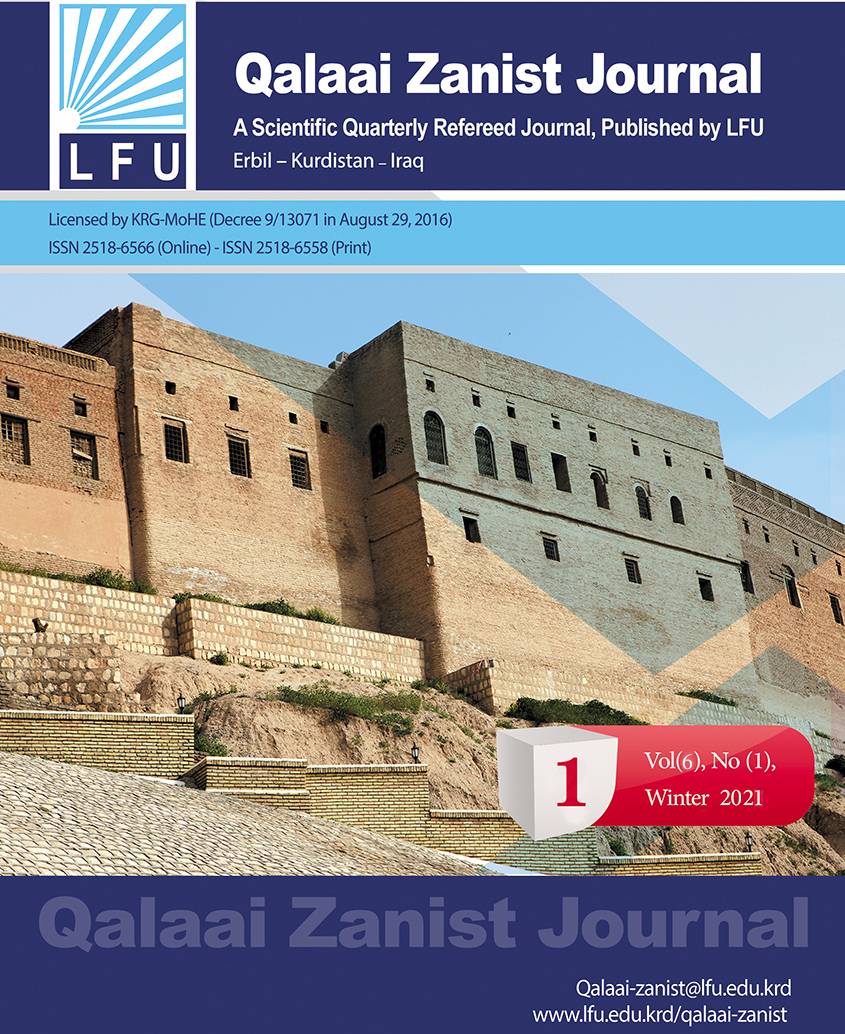A Thematic Analysis of Maria Irene Fornes’ Fefu And Her Friends in A Psychoanalytic Feminist Approach. A Part of an MA Thesis entitled as “Interdisciplinary Feminism: A Thematic Study of Maria Irene Fornes’ Fefu and Her Friends and Caryl Churchill’s Top Girls”
##plugins.themes.bootstrap3.article.main##
Abstract
The quest for a female subjectivity and a unique female voice that is neither the derivation nor the other version of that of the male has long been one of the main concerns of feminism. However, with the advent of psychoanalysis and its predominance in the world of literary theory and criticism, feminists could finally arrive at the theoretical basis for their assumptions about the nature of femininity through which they tried to, on the one hand, explore the possibilities of formulating a subjective female entity, and on the other, challenge the hindrances that stand in the way of achieving a female individuality. Psychoanalytic feminism, as the main focus of this paper, is best seen as merging between the principles of feminism and psychoanalysis to shed light on the deep-rooted gender stereotypes that make patriarchy unavoidable.
This paper attempts to show how feminism and psychoanalysis work together through a thematic analysis of Maria Irene Fornes’ play, Fefu and Her Friends (1977). The play which consists of an all-female cast, gives various encounters of female issues in a male-dominated environment. Both the play Fefu and Her Friends and the approach of psychoanalytical feminism work reciprocally throughout the paper to highlight the internal psychological struggles of women based on sex/gender, to show how women view and place themselves in a male-dominated society, and how they value their relationship with both themselves and their surroundings
Downloads
##plugins.themes.bootstrap3.article.details##
How to Cite
Copyright (c) 2021 Avan Taha Saleh، Tara Dabbagh

This work is licensed under a Creative Commons Attribution 4.0 International License.

